- Autoflowering cannabis seeds are the perfect choice for those who want to start growing and for growers who live in cool climates with short summers.
- With these strains, easy cultivation and high resistance are guaranteed, although they need to be provided with the right substrate for optimum results. Let’s have a look at what type of soil automatic genetics need.

Autoflowering strains flower automatically from the 30th day after seed germination, regardless of the photoperiod that they're exposed to. Their full life cycle lasts between 2 and 3 months. These strains are easier to grow than their feminised sisters due to their speed and the fact that they're not photo-dependent. But for their cultivation to remain easy, they require the right type of substrate, and this needs to be maintained during the whole growing process. Their short life cycle leaves little room for error; hence the importance of making as few mistakes as possible. In this post we give you a substrate recipe so that you don't need to add liquid fertilisers to your grow; this way you'll only need to feed your plants with water.
Autos appreciate an oxygenated soil
Autoflowering cannabis strains require aerated soils for optimum root oxygenation. Using pots with holes on the sides is always a good choice. You'll also need to add perlite or coco coir to facilitate aeration and prevent the soil from becoming compacted. In this post we'll tell you the best ratio of all these elements, and we'll also recommend a recipe for making the perfect soil for your automatic plants.
Even though soil aeration is important throughout the whole growing process, it is the first month (during the vegetative phase) when oxygenation is crucial. Why is this? Because the more oxygenated the substrate is, the faster the plant's metabolic process will be, and therefore plants will grow more quickly during that short period of time (the vegetative phase of automatics lasts around 30 days).
In contrast with the feminised strains (whose growth time is predetermined by the changes in the photoperiod), the growth phase of the autoflowering strains is predetermined by their genes: this means that they'll start blooming from their second month of life regardless of the photoperiod that they're exposed to. This is why it's so important to make the most of the first month of growth, keeping the soil well aerated at all times. If the soil becomes waterlogged, the plants could stop growing due to the excess of moisture.
Even though not all autoflowering strains are the same, the best soil for them is usually light, nutrient-free, and not very compact. Autos don't normally like lots of fertilisers, although you can't compare, for instance, a Moby Dick XXL Auto (a heavy yielder and therefore a rather greedy plant) with a Bubba Kush Auto (a strain that needs much less fertilisation).
Drought days to stimulate the roots
Irrigation control is imperative for the optimum development of autoflowering plants. If you provide them with too much water, they won't grow because they hate excess moisture. Hence the importance of watering them more frequently but in smaller quantities. We recommend watering them every other day during the vegetative period, so their roots can expand and grow in search of moisture, thus developing perfectly. And they have sufficient oxygen when they're not wet, because they only find oxygen when there's no water.
If they're permanently wet, the roots remain small, and consequently so does the plant. In addition, as the roots spread in search of water, it is best not to water the main stalk but only the surrounding area. This forces the roots to grow and develop horizontally in search of the water, which makes them grow larger. Top tip: you can mentally divide the pot into two, and water only one half at a time, so that half of the pot is always full of oxygen. Nevertheless, always be sure to watch out for the specific needs of your plants since each strain is different.
Substrate recipe for the full life cycle of autoflowering strains
We recommend preparing a type of substrate that doesn't require the addition of liquid fertilisers during cultivation. Therefore, you need to ensure that the soil contains all the necessary nutrients for the full life cycle of your plants. So what can you add to the soil to achieve this? Our Dinafem Seeds team favours adding organic fertilisation in the shape of super soil or worm castings. And, in the case of super soil, the mix already includes everything required to feed the plants.
Worm castings are a type of organic fertiliser that, when mixed with soil in the growing pots, provides the plants with all the nutrients they need from start to finish. Worm castings originate from worm excrement and contain all the nutrients necessary for optimum growth. The main difference between the two types of fertilisers is that there's no problem if you add worm castings in excess, whereas if you overdo it with super soil, the overfertilisation will end up burning the plants.
In both cases, these fertilisers need to be thoroughly mixed with the soil. They should represent a quarter of the total substrate. They can also be placed at the bottom of the growing pot so the plant's main root can only reach it when it's grown sufficiently, thus avoiding burning the roots by overfertilisation when they're still young.
Recipe for substrate with worm castings for autoflowering plants
Pot size can range between 11 and 17 litres. The bigger the pot, the bigger the resulting plant. As the growth phase of autos doesn't usually exceed 30 days, we don't recommend using bigger pots than these as the plants' short vegetative period won't allow them to make the most of the extra substrate. Therefore, a pot smaller than 20 litres will be more than enough. Below you can find the different ratios for the different substrate components:
- 50% of the pot capacity of basic soil (free from added fertilisers or nutrients)
- 25% perlite or coco coir to keep the soil aerated.
- 25% worm castings: do not mix with the remaining 75% and try to place most part at the bottom of the pot so the plant can only reach it when it's grown further.
- Mycorrhizae: these natural fungi are an optional ingredient that promotes plant rooting. Make sure they don't exceed a third of the total.
Recipe for substrate with super soil for autoflowering plants
Super soil is a substrate in itself that already contains soil, oxygenation materials (perlite, coco coir or others), and the necessary fertilisers and nutrients to feed the plant during its full life cycle. You can make it yourself (you can learn how to make super soil here) or you can buy it at most growshops. If you decide to use super soil, these are our top tips for autoflowerings:
- Add some extra aeration by incorporating 20% perlite or coco coir.
- Add 20% basic soil like this: fill the pot with super soil and make a well in the centre. Place basic soil or peat in the well and introduce the seed or the Jiffy where you've germinated the seed. While the root is small it won't feed from the super soil but from the soil and water, which will prevent the plant from burning due to overfertilisation. From the third week, as the radicular system starts spreading, it will find the super soil and the plant will really appreciate the nutrients in it. If, for instance, you're using a 17 litre pot, make sure you include 15 litres of super soil and 2 litres of basic soil.
So now your substrate's ready. What autoflowerings would you like to germinate?
You can find some of our favourites below.



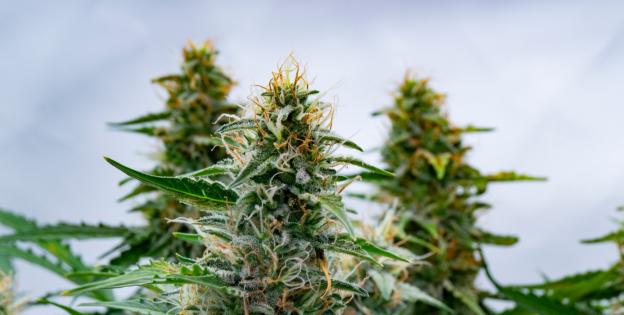
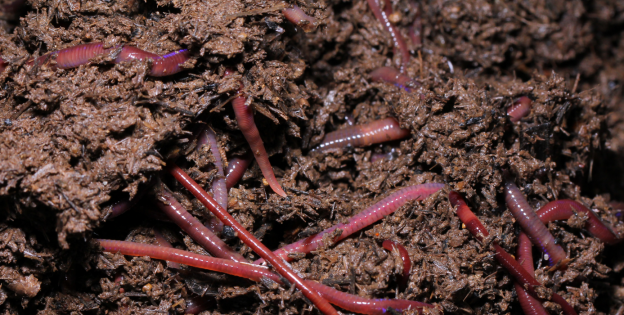
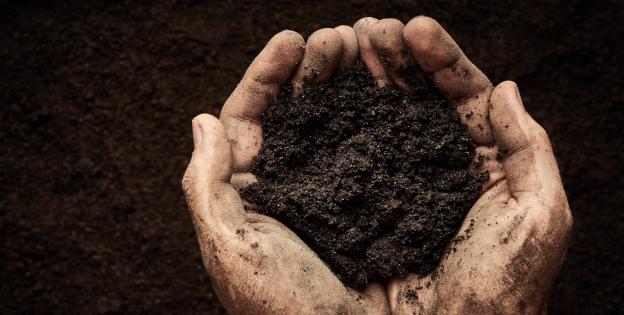
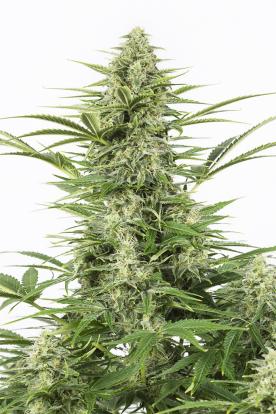
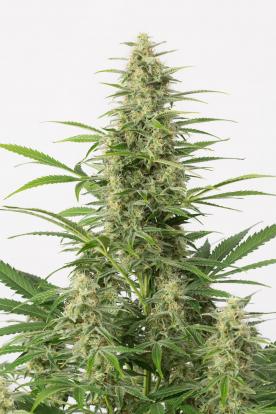
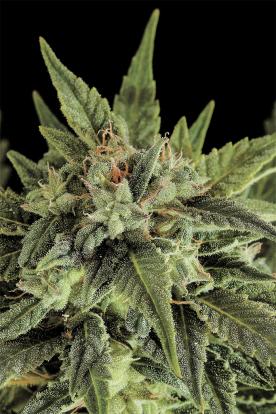
Comments from our readers
There are no comments yet. Would you like to be the first?
Leave a comment!Did you like this post?
Your opinion about our seeds is very important to us and can help other users a lot (your email address won't be made public).